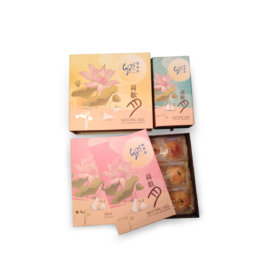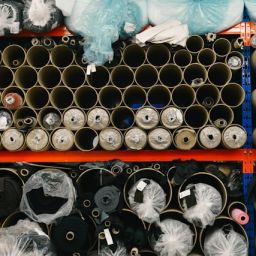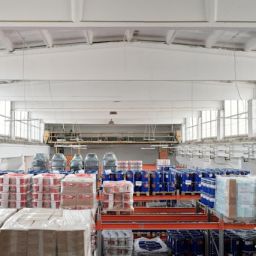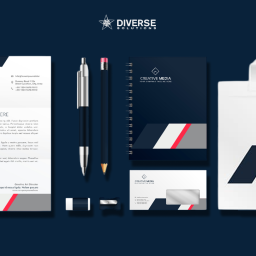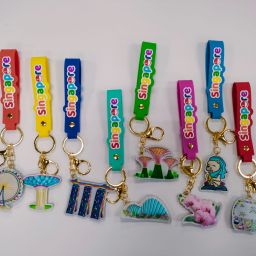
Printing plays a vital role in businesses, marketing, and personal projects. Whether you’re printing brochures, business cards, or large-scale posters, the method you choose can impact the quality, cost, and turnaround time. Two primary types of printing are digital vs offset printing. But how do you decide which method suits your project best? This article will explore the differences between digital vs offset printing, their advantages and disadvantages, and how to determine the best option for your needs.
Digital Printing
How digital printing works
Digital printing is a modern printing method that uses digital files (such as PDFs or images) to print directly onto the paper or material. Unlike traditional methods, digital printing does not require physical printing plates. Instead, the image is sent directly from a computer to the printer, much like your home inkjet printer but on a larger, commercial scale.
Advantages
Flexibility and customization
One of the biggest advantages of digital printing is the ease of customization. Since each print can be adjusted from the digital file, you can easily change the design, color, or information between prints. This flexibility makes digital printing ideal for projects that require personalized details, such as invitations or marketing materials.
Short turnaround times
Digital printing requires minimal setup, which significantly reduces production time. If you need quick results, digital printing can typically deliver within hours or days, depending on the complexity of the job.
Cost-effective for small quantities
For smaller print runs (under 1,000 copies), digital printing is cost-effective because it doesn’t require expensive setup. There is no printing plates involved, meaning that each job can be processed efficiently without high overhead costs.
Variable data printing
With digital printing, each copy can be tailored with unique data, such as customer names, addresses, or even personalized messages. This feature is invaluable for targeted marketing campaigns.
Disadvantages
Potential lower print quality for large quantities
Although digital printing has improved significantly in recent years, offset printing still offers superior print quality, especially for large quantities where consistency is key.
Higher per-unit cost for large print runs
For projects involving thousands of copies, digital printing can become more expensive per unit than offset printing, as there’s no cost reduction in scaling up the volume.

Offset Printing
How offset printing works
Offset printing is a traditional method used to produce high-quality prints. The process involves transferring ink from a metal plate onto a rubber blanket, which then applies the ink to the final printing surface, like paper. Each color in the design requires its own printing plate. While the initial setup can take time, once it’s ready, offset printing is incredibly efficient for producing large quantities.
Advantages
High print quality
Offset printing is widely recognized for its superior image quality and precision. Colors are vibrant, and details are sharp, making it the preferred choice for high-end prints like magazines and luxury packaging.
Cost-effective for large quantities
While setup costs are high due to the need for printing plates, offset printing becomes cost-effective for large quantities. The more you print, the lower the cost per unit, which makes this method ideal for large print runs.
Consistent color reproduction
One major advantage of offset printing is that it provides consistent color reproduction throughout the entire print job. This is crucial for projects where color accuracy is important, like branding materials
Disadvantages
Longer turnaround times
The setup for offset printing takes time, especially with the preparation of printing plates. This setup process can extend the overall production time, making offset printing slower than digital methods.
Higher upfront costs for setup
Because of the need for custom plates, offset printing involves higher initial costs. These upfront costs make it less economical for small print runs.
Less flexibility for customization
Once the plates are created, making changes to the design is difficult and costly, making offset printing less ideal for projects requiring multiple variations or personalized details.
When to Choose Digital Printing
Small print runs
Digital printing is ideal for projects with fewer than 1,000 copies. It is generally more cost-effective and efficient for small quantities because it doesn’t require the extensive setup that offset printing does.
Quick turnaround times
If you need your prints done fast, digital printing is the way to go. Its shorter setup time means you can get your materials much quicker than with offset printing, making it perfect for urgent projects.
Variable data printing
Digital printing shines when your project involves personalized information, such as names or addresses on each copy. It easily handles variable data, allowing each print to be customized without hassle.
Customization and personalization
For projects that require a lot of custom details—like invitations for a special event or personalized marketing materials—digital printing offers the flexibility to easily make changes and tailor each piece to your needs.
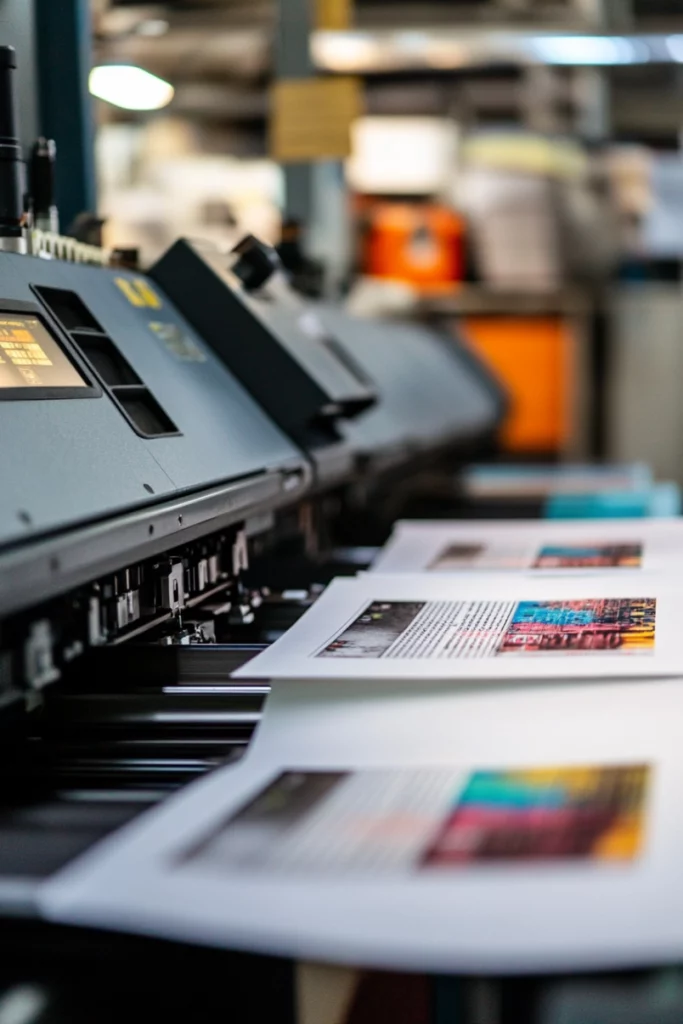
When to Choose Offset Printing
Large print runs
Offset printing becomes more cost-effective for large quantities, often thousands of copies. The initial setup costs are higher, but the cost per unit drops significantly with larger print runs, making it economical for big projects.
High print quality
If your project demands top-notch print quality—such as glossy magazines, high-end books, or detailed catalogs—offset printing is the best choice. It provides exceptional detail and color consistency that digital printing might not match.
Consistent color reproduction
For materials where color accuracy is crucial, like branding materials, offset printing excels. It ensures consistent color across all copies, making it ideal for projects where precise color matching is important.
Cost-effectiveness for large quantities
Although offset printing has higher initial setup costs, these costs are balanced out by the lower per-unit price for large quantities. For large-scale printing jobs, offset printing is often the most cost-effective solution.
Hybrid Printing Solutions
Hybrid printing combines the strengths of both digital and offset printing methods to achieve a balance between high-quality output and customization. Here’s how this approach works and its benefits:
How hybrid printing works
Base design with offset printing
The large-scale base design of your project is produced using offset printing. This method is chosen for its ability to handle high volumes efficiently and deliver superior print quality.
Personalization with digital printing
Once the base design is complete, digital printing is used to add personalized elements to each print. This could include variable data like names, addresses, or other custom details.
Benefits
Efficiency and quality
Hybrid printing allows you to produce a high volume of prints with the excellent quality that offset printing provides. At the same time, you can incorporate digital printing to add customized elements efficiently.
Cost-effective customization
By using offset printing for the bulk of the work and digital printing for personalization, you can manage costs effectively. This approach reduces the expense of personalizing large quantities and is more cost-efficient than using digital printing alone for everything.
Flexibility in direct mail marketing
Hybrid printing is particularly useful in industries like direct mail marketing. It allows companies to create mass mailings that are both high-quality and personalized, which can lead to better engagement and response rates.
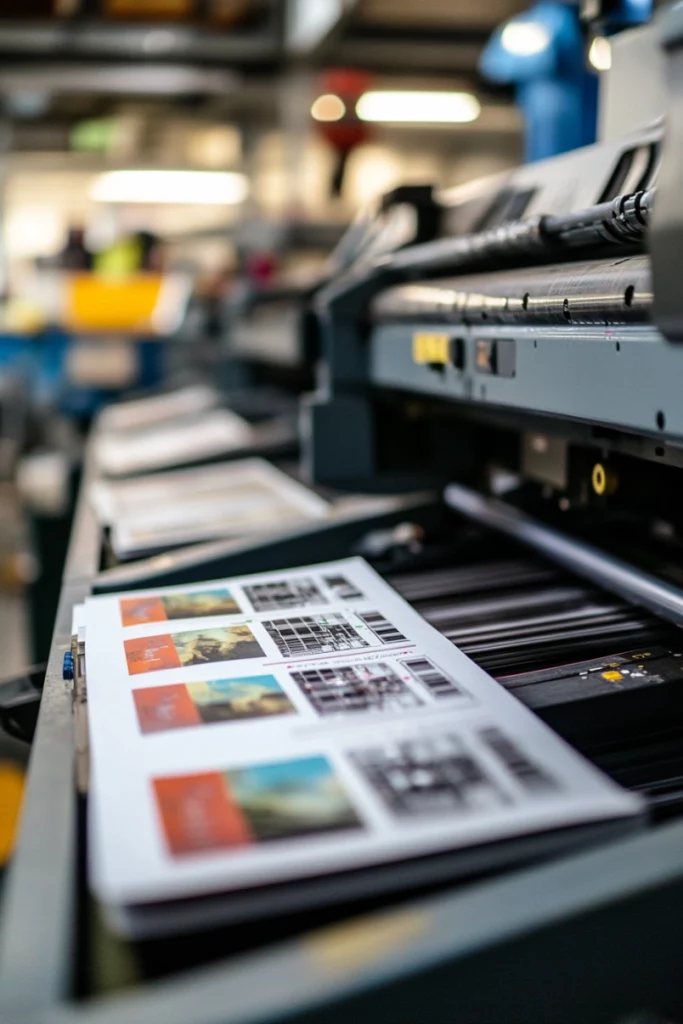
Final Thoughts
Choosing between digital vs offset printing comes down to your project’s specific needs. For small runs and customization, digital printing offers flexibility and quick results. For high-volume, high-quality projects, offset printing is the clear winner in terms of both cost and quality. And for those needing both quantity and personalization, hybrid printing is a growing trend worth exploring.
For more insights on corporate gifting strategies and to explore a wide range of customizable options, visit Diverse Solutions.





